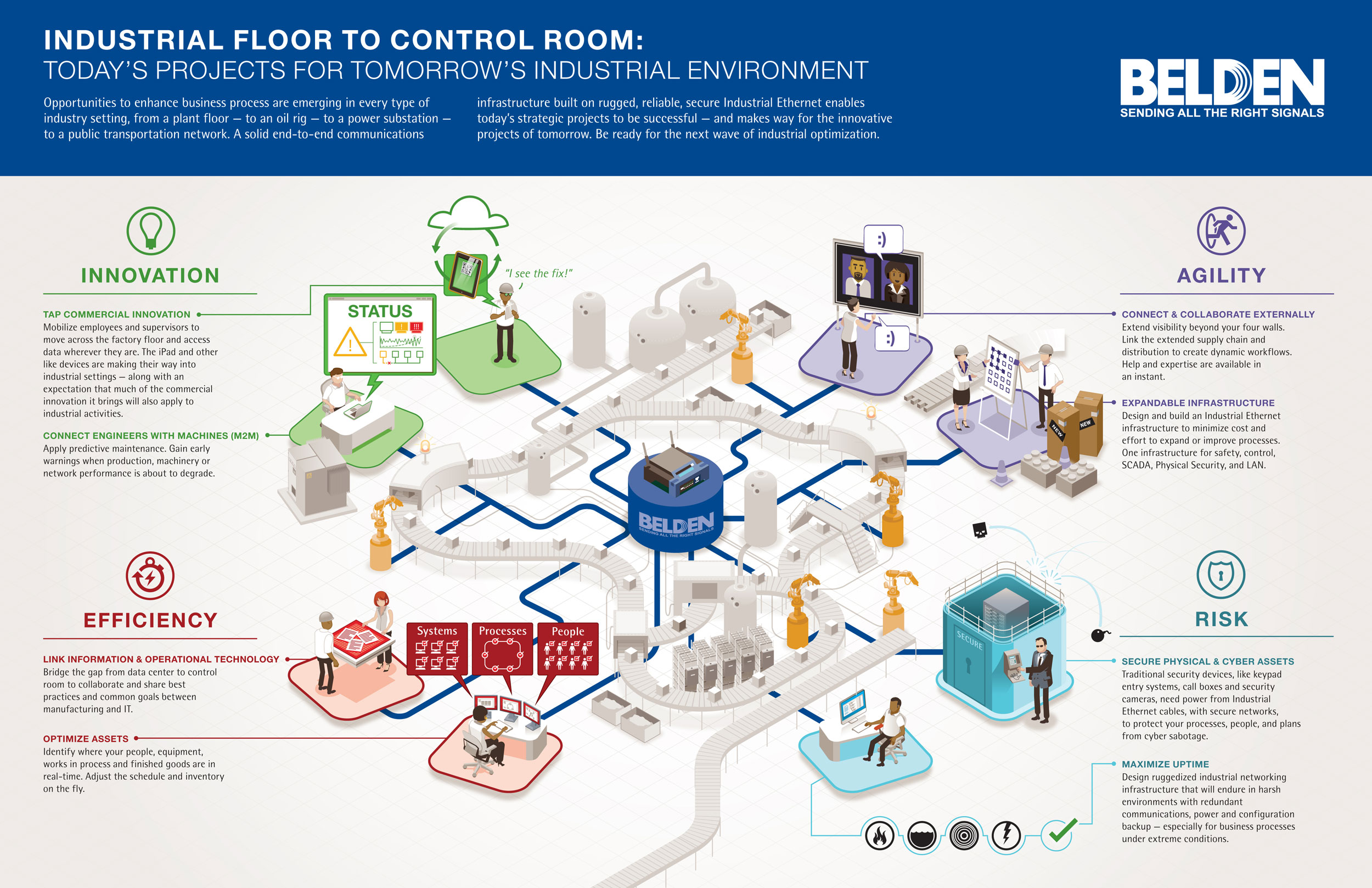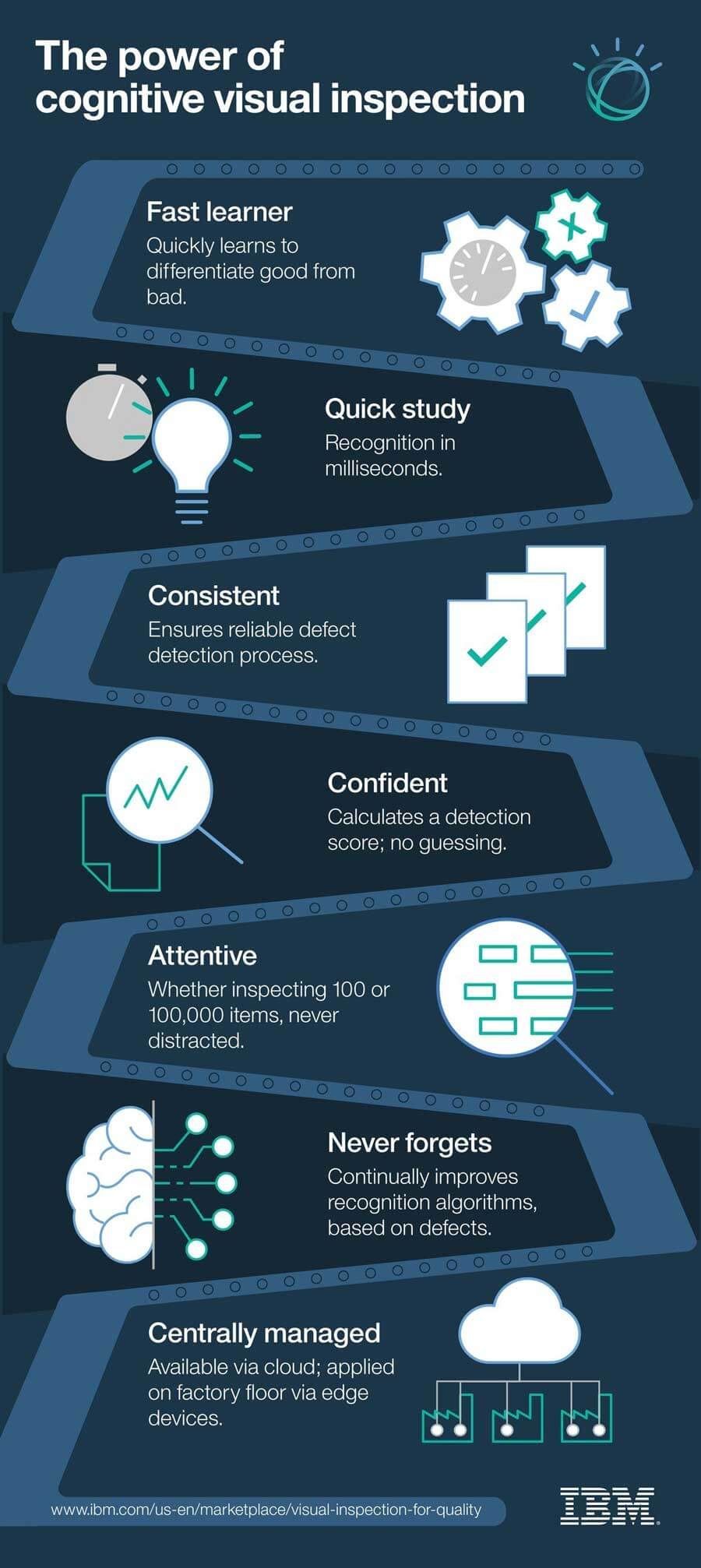Iot In Manufacturing

The IOT in Manufacturing Market is segmented on the lines of its Software, service, platform, and application, vertical and regional. Based on software segmentation it covers network and.
Iot in manufacturing. With IoT in the manufacturing supply chain, enterprises get the data about both the location and the properties (e.g. production date, shelf life, etc.) of each individual item of the SKU. For instance: 1,435 items of SKU X are in warehouse 3, of those: 1,000 items were produced 12 days ago. 435 items were produced 22 days ago. July 9, 2020. By Darryl McCartney, Sr. Director – Americas IoT Technical Sales, Microsoft IoT and Mixed Reality. Since the mid-1990s, Microsoft has been a pioneer in several technological developments that have become foundational to intelligent manufacturing, including partnering to establish a series of standards and specifications for industrial automation and data acquisition. IoT in the manufacturing shop floor is used by connecting the machines with various types of sensors (such as temperature sensor, Proximity sensors, pressure and vibration sensors).These sensors and PLM/PLC are connected to IoT devices. IoT Devices send real time production data to the cloud. IoT applications in manufacturing. IIoT is the process of implementing IoT enabled devices and integrating with processes to track and improve production efficiency, product quality, and speed. IoT in production. The implementation of IoT has transformed manufacturing production.
11.2 IoT in Manufacturing Market Forecast by Application (2019-2024) 11.3 Industrial Equipment Manufacturing Revenue Growth (2015-2020) 11.4 Electronic Products, Communications Equipment. Azure IoT solution accelerators Create fully customizable solutions with templates for common IoT scenarios Azure Sphere Securely connect MCU-powered devices from the silicon to the cloud Azure Digital Twins Build next-generation IoT spatial intelligence solutions Manufacturing Tech Insights, listed all top IOT solution providers in Manufacturing industry, articles on how IOT is helping in improve quality and efficiency in Manfacturing production. Apply IoT in manufacturing to lower maintenance costs, enable new lines of business, and improve overall productivity. Industrial IoT (IIoT) solutions from Intel are the secure and scalable building blocks of the smart factory, delivering intelligence to your operating assets and valuable insights from the data produced.
The manufacturing industry is leading in the Internet of Things for various reasons: some are historical, others are related with the so-called next industrial revolution (Industry 4.0) and then there are the many uses cases and actual IoT deployments that offer rapid return and enable manufacturers to realize digital transformations from. The use of IoT sensors in manufacturing equipment enables condition-based maintenance alerts. There are many critical machine tools that are designed to function within certain temperature and vibration ranges. IoT Sensors can actively monitor machines and send an alert when the equipment deviates from its prescribed parameters. By ensuring the. Much like IoT in content delivery, IoT in manufacturing allows richer insight in real-time. This dramatically reduces the time and resources devoted to this one area, which traditionally requires heavy market research before, during, and well after the products hit the market. Explore these common uses for IoT in process manufacturing and imagine how a new Azure IoT solution could help your business. Operational excellence Get a complete view of your operations and better meet your customers' needs by collecting data from equipment and factories, then consolidating and analyzing it.
By Jim Donaldson in Blog, IoT, Manufacturing, Technology Posted Jul 16, 2019. With wireless connectivity becoming more ubiquitous, IoT has permeated our everyday lives. By some estimates, each person in the world will have between six and seven connected devices by 2020. 3 Roadblocks Facing IoT in Manufacturing. A degree of caution is warranted as major challenges to the effective implementation of IoT-enabled devices remain. Dec 5th, 2019. Home. Trends Driving ERP. New technologies are not the only trends that will influence ERP. May 19th, 2020. Industrial IoT: How Connected Things Are Changing Manufacturing Robert Schmid, Chief Technologist, IoT, Deloitte Digital The proliferation of smart things has reached critical mass. The next book in Microsoft's The Future Computed series provides an in-depth look at how artificial intelligence (AI) is transforming the manufacturing sector and offers a timely look at how society can respond to some of the challenges AI creates, and the need to develop new laws and regulations to address workforce disruption and develop AI in an ethical and responsible manner.
Smart manufacturing IoT analytics comes to life at SMC, which uses Cumulocity IoT to provide an easily scalable solution for predictive maintenance, leakage detection and energy efficiency monitoring. The Internet-of-Things (IoT) market in manufacturing is segmented by software (application security, data management and analytics, monitoring, network management, and other software), connectivity (satellite network, cellular network, RFID, NFC, Wi-Fi, and other connectivities), services (professional, system integration and deployment, managed, and other services), application (process. IoT Core manufacturing. 05/02/2017; 2 minutes to read +2; In this article. Windows 10 IoT Core (IoT Core) is a version of Windows 10 that is optimized for smaller devices with or without a display. With that hurdle cleared, the adoption of IoT in manufacturing exploded. Even when taking the effects of the coronavirus pandemic into account, the industrial slice of the IoT sector is expected to grow at a CAGR of 16.7% through 2027 – to a whopping $263.4 billion annually. Where IoT is Already Impacting Manufacturers
The IoT in manufacturing comprises mechanical and electrical parts, advanced sensors, network connectivity architecture, controls, software applications, and smart devices that work together to collect and share real-time information between machines and humans.



















